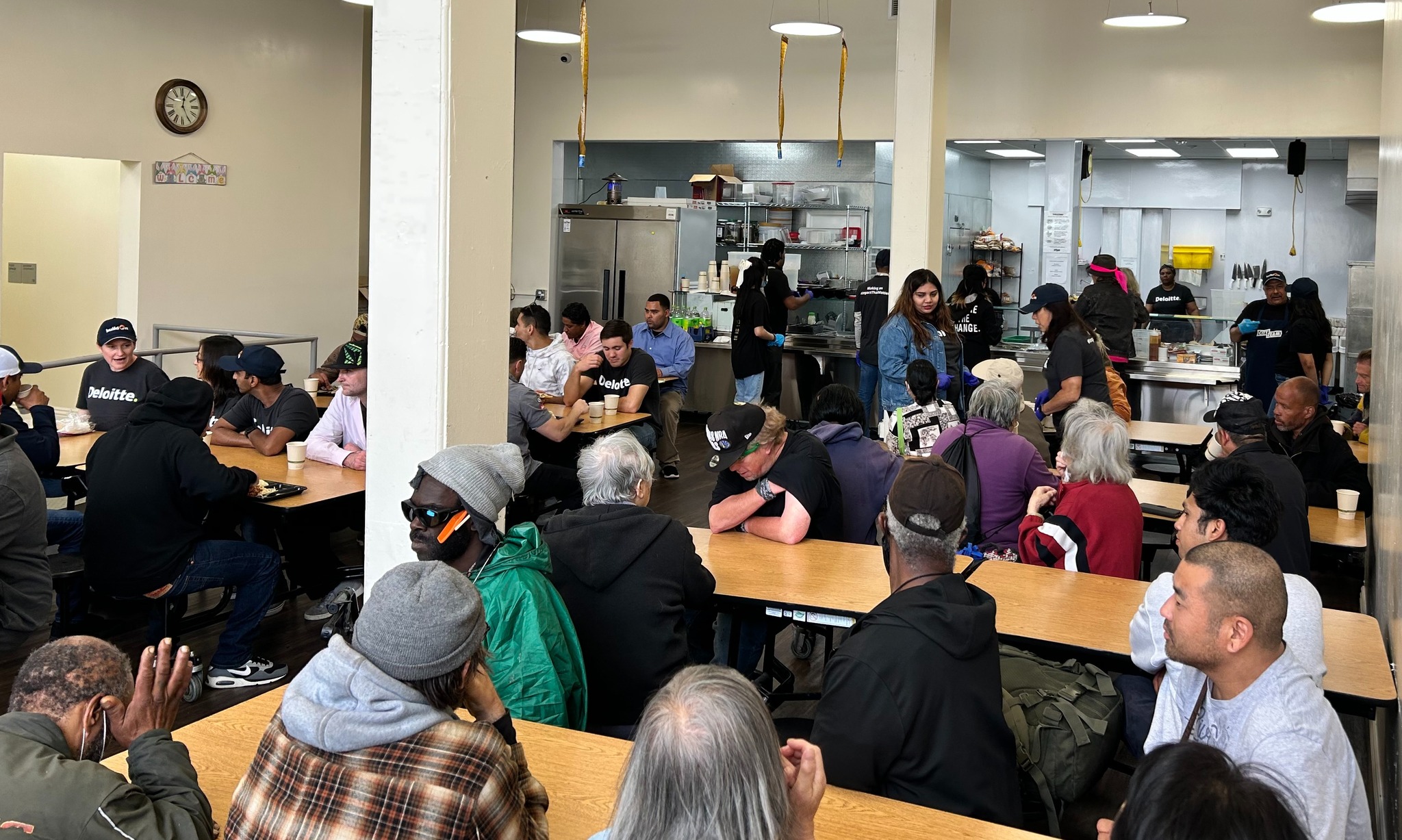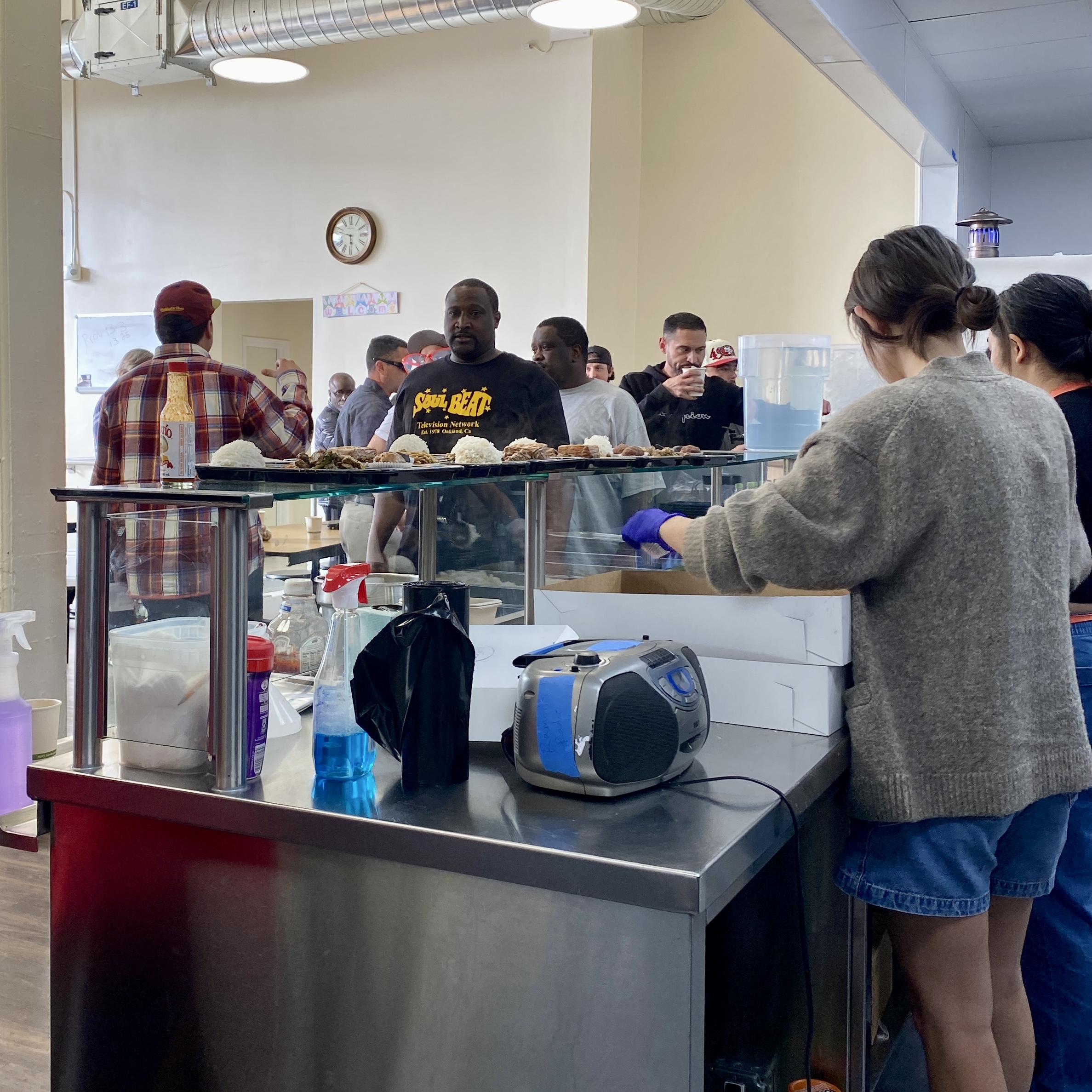San Francisco is a city known for its beauty and innovation, but it is also a city grappling with complex social and economic issues such as homelessness, drug abuse, and mental health. For many, the sight of homeless individuals on the streets can be daunting, leading to fear and a tendency to see them as a problematic collective. This blog post aims to explore how we can instead approach homelessness in San Francisco with empathy and compassion, seeing the homeless as individuals with real and unique stories.
Personal Observations
As a Singaporean visiting San Francisco for the first time, I was struck by the stark contrast between the homeless situation there and in my home country, which has a much smaller and largely unknown homeless population. Conversely, an estimated 38,000 individuals in the Bay Area are homeless on any given night (source: McKinsey), and semi-permanent encampments can be found concentrated on certain street corners in San Francisco. Some regions of the city, such as the neighborhood of Tenderloin, are notorious for homelessness and related issues, such as open-air drug usage and crime.
Walking through the streets of San Francisco, I found it impossible not to notice that many individuals appeared to be both homeless and under the influence of drugs. Unfortunately, as a tourist to the city, I found myself very unfamiliar and uncomfortable with this environment, and almost paralyzingly afraid of whether these individuals would hurt me unexpectedly. I began to envision scenarios where they would approach me wishing to hurt me or take my belongings, and to think of these individuals as dangerous. Over time, I began to associate the sight of the homeless with danger and fear, and started to see the homeless as inherently ‘bad’.
As time passed and I visited San Francisco more often, I grew more familiar with the city and its people, including the homeless population. Reflecting on my experience in the city thus far, I realized that I had not actually had any negative personal experiences with the homeless. I was ashamed to notice that I perceived the homeless as “the other” without fair basis. In particular, I realized that my perception of the homeless was influenced greatly by portrayals of them in mainstream media, usually as a collective in association with negative social issues such as drug usage and violent crime, as well as the fact that homelessness is an issue seldom discussed in the Singapore context. My paranoia of the homeless stemmed from a personal unfamiliarity with homeless individuals, shaped by the media’s portrayal of them associated with aggression and addiction. Realizing this, I wanted to replace my paranoia with knowledge — why does San Francisco have such a severe homelessness issue? Why are these people homeless, and is my fear justifiable, or is there a different and more constructive way to view this issue?
Extending Fear into Curiosity and Compassion
To dispel my fear and better understand San Francisco’s long-standing issue with homelessness, I decided to watch documentaries that featured the homeless as individuals. The homeless are often portrayed as a faceless group in mainstream news, alongside talk of societal problems, unrest and crime, but documentaries are often an opportunity to watch interviews with people on the streets and hear their unique stories and perspectives. Some of the documentaries I watched are linked below:
Lead Me Home | Netflix
This 2021 documentary, by Emmy-winning directors Pedro Kos and Jon Shenk, follows the daily lives of over two dozen subjects across three years, offering a slice-of-life portrayal of homelessness today in America, particularly Los Angeles, San Francisco and Seattle. It tells the honest and personal stories of these individuals who, if not for a vast set of unfortunate circumstances — addiction, mental illness, sexual abuse, homophobia, healthcare costs, disability — would be living very differently. (Link: https://www.netflix.com/title/81240756)
KPIX Special Report: San Francisco’s Tenderloin – A State of Emergency
This 2022 report by KPIX-TV, a television station in California, features the situation on the streets of San Francisco in the wake of mayor London Breed’s announcement of a “state of emergency” for the neighborhood of Tenderloin. It examines the relationship between homelessness and drug abuse, as well as recovery options for addicts, through street interviews with homeless and drug-abusing individuals.
San Francisco 1 Year Later (Still As Bad?)
This 2022 video by YouTuber Peter Santenello follows him through the streets of various regions in San Francisco, offering a look at the recent state of the city. It features interviews with various people, such as homeless individuals, housed individuals living in the Tenderloin, police officers and volunteers involved with helping the homeless.
Poverty in the USA: Being Poor in the World’s Richest Country | ENDEVR Documentary
This 2019 documentary, by German documentary and investigative team ENDEVR, examines the issue of poverty, particularly in Los Angeles and Appalachia. It looks at the effects of poverty on the stability of families, such as food security and domestic relationships, as well as the ever-looming threat of homelessness on these vulnerable populations.
These documentaries and videos offered a chance to peek into the lives and stories of the homeless — an opportunity to hear directly from them the reasons they find themselves on the streets, and how homelessness has affected their lives, from their health and dignity to their ability to access help and break out of addiction and poverty. I was particularly struck by the very simple truth that none of them chose to become or remain homeless — given the resources and freedom, no one would choose to be in such a vulnerable situation. Often, opinions on the homeless back home run along the lines of, “they choose to remain stuck in addiction”, or, “homelessness is the consequence of poor financial decisions they made”. While there certainly would be such individuals who refuse help or consistently mismanage their resources, such attitudes overgeneralize the experiences and stories of the homeless and do nothing to help those who truly find themselves helpless and in a vulnerable position. Rather, they create bias against the general homeless population and cause people, who are positions to give and help, to turn a blind eye to the need present around them. Watching the documentaries opened my eyes to these deep-rooted biases present in my society and my own mind, and I became curious how I could then shift my mindset and begin compassionately and actively serving communities of need instead of judging and condemning them.

Soon after, the opportunity came to serve in precisely this capacity. Along with friends I had made at RUF, a Christian fellowship at UC Berkeley, I volunteered at City Team, a nonprofit organization that serves the homeless community of Oakland, a city that neighbors Berkeley. There, we met and talked to people who had been or were currently living on the streets, serving them hot meals in a clean and safe cafeteria. Some of the individuals who had come out of homelessness were serving alongside us at City Team, and many had found permanent, fulfilling work there. Speaking with them, I was able to see how their stories were so diverse and individual, yet all bound by a common humanity — their needs for food, shelter and safety were the same as mine, yet we existed in systems so different that our experiences and fortunes had become vastly different. I realized my privilege and also their strength amidst harsh challenges, and gained a greater understanding and empathy for their situations as well as the broader issue of homelessness. Homelessness does not define an individual and many are able to rise out of it with correct and timely help. By seeing the homeless as individuals rather than a problematic collective, I was able to connect their individual stories to a new mindset of empathy, openness and understanding.

Conclusion
Homelessness in San Francisco is a complex issue that requires nuance, empathy and, most importantly, compassionate action. By leveraging platforms and media for the homeless to be understood as individuals rather than an inherently dangerous or hopeless community, we can dispel irrational fear and use education to inspire more constructive emotions of empathy and a desire for action instead. Volunteer opportunities can then offer the opportunity to take such action, providing a safe space to connect with the homeless community, gain a greater understanding of their situation and shift mindsets from bias to understanding. It is still advisable not to directly approach the homeless, especially if they are visibly unstable or under the influence — use common sense and observe the general behavior of locals — but even as we keep ourselves safe and remain aware of our surroundings, it is important to also create space for openly hearing from the homeless about their stories and needs, and if we are able, to find ways in which we can offer our abundant resources to meet those needs. Through compassion and action, we can work towards finding solutions that address the root causes of homelessness and create a more equitable society for all.































